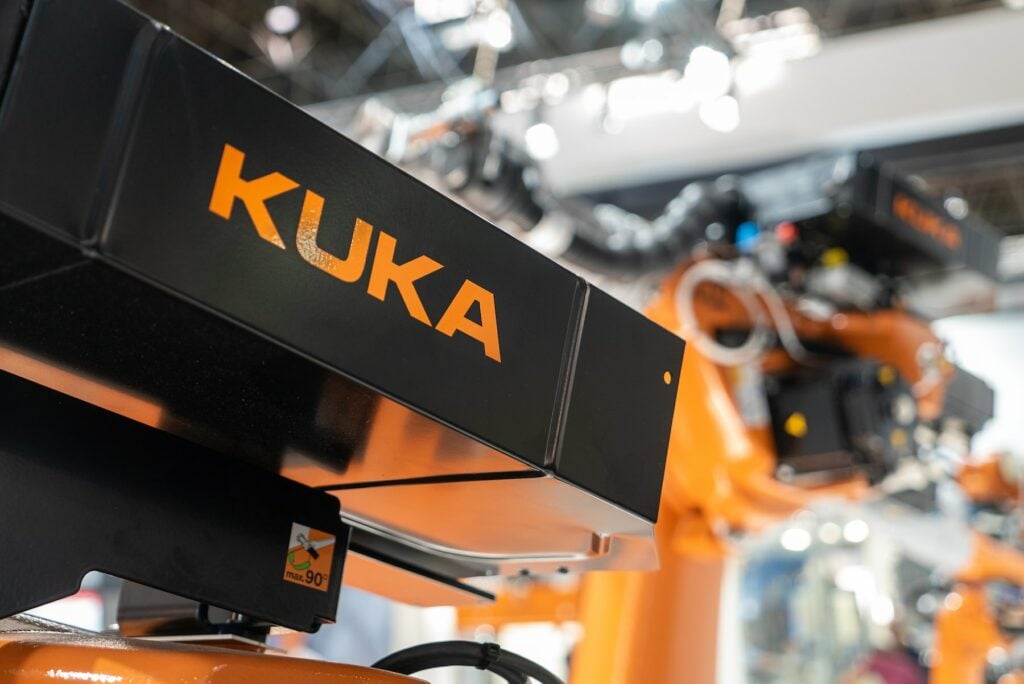Riding on the wave of AI and robotics innovation, we usher in a new era with the introduction of the MUTEX framework, designed to boost the competence of robotic allies assisting humans. Robotics policy learning methods have thus far emphasized proficiency in a single domain, often leaving a void in versatility. This has been a significant constraint, given the multi-faceted nature of human-robot collaborations. With MUTEX, or “MUltimodal Task specification for robot EXecution,” the game plan in robotics changes radically.
The MUTEX Difference
MUTEX charts its own unique path by fusing policy learning across diverse modalities. This empowers robots with the acumen to perceive and execute tasks based on directives from a wide array of communication methods, including speech, text, imagery, or videos. This approach casts robots as flexible associates, enhancing their ability to effortlessly integrate within human-robot teams.
The MUTEX-guided robots comprehend human instructions vehicle not confined to traditional pathways. They grasp concepts and commands, whether they are conveyed via an artistically drawn image or an expertly scripted code. Moreover, the navigation instructions vocalized by the operator are executed as efficiently as the ones expressed in written text.
A Two-Pronged Training Process
The robustness of MUTEX arises from its powerful training process that operates in two stages. First, the combination of masked modeling and cross-modal matching objectives steers cross-modal interactions. This encourages the system to learn correlations between different communication modalities.
Following this is the second phase that uses cross-modal matching to fortify every modality’s representation. Here, the system skilfully identifies the most information-dense modality, associating other modalities with it. This approach strengthens the robot’s understanding of the task specifics, enhancing its dexterity and adaptability.
Delving into MUTEX Architecture
Diving deeper, the MUTEX architecture serves as the backbone of this revolutionary robotic development. Four crucial components make up the frame: modality-specific encoders, a projection layer, a policy encoder, and a policy decoder.
Modality-specific encoders translate each input modality into an encoded form. This encoded information is then projected through the projection layer, which standardises the different encodings for better interaction. Next, the policy encoder aggregates both the robot’s observations and the projected task instructions, offering a comprehensive context for action. Finally, the policy decoder generates the robot’s action based on this fused information, executing the tasks as per the given instructions.
MUTEX’s Promising Evaluation Results
A comprehensive dataset comprising 100 tasks in a simulated environment and 50 real-world tasks was used to evaluate MUTEX. The results showcased an impressive performance enhancement compared to methods trained solely on single modalities. This marks a grand leap forward in robotics, presenting a more versatile robot that excels in multimodal task execution.
As we delve into the world of communication-rich human-robot collaboration, MUTEX stands as a beacon, demonstrating immense potential. By enabling robots to understand and execute tasks across various communication forms, we set the stage for a future where machines may finally work alongside us as trusted and capable partners. This is indeed a momentous step in the grand chronicle of robotics and AI. Who knows what else the future might hold? With advancements like these, the possibilities are boundless.


![The ‘Giveaway Piggy Back Scam’ In Full Swing [2022]](https://www.cjco.com.au/wp-content/uploads/pexels-nataliya-vaitkevich-7172791-1-scaled-2-683x1024.jpg)

